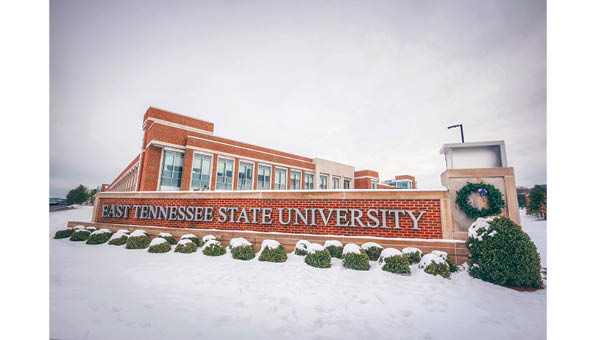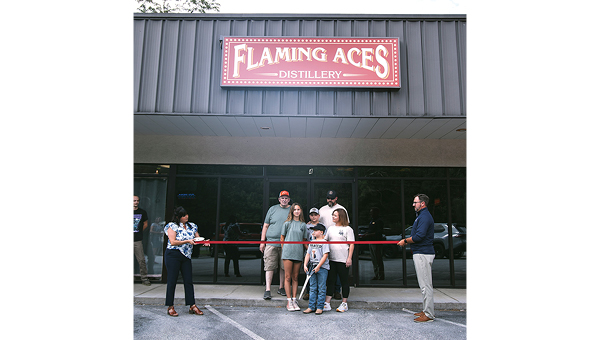ETSU research explores Spanish flu’s impact on Appalachia
Published 10:52 am Tuesday, February 4, 2025
|
Getting your Trinity Audio player ready...
|
One family in Bristol, Tenn., lost four daughters – all between the ages of 18 months and 14 years – during the Spanish influenza that began in 1918.
The small community of Clintwood, Va., endured an estimated 1,000 cases, and in some instances, entire families perished.
The situation in coal camps in Southwest Virginia was dire, with the local health infrastructure completely overwhelmed.
Trending
The Spanish influenza that pummeled the globe reshaped rural Appalachian communities.
Such lessons continue to resonate in the wake of COVID-19.
Researchers at East Tennessee State University have shared these findings and more in a chapter of the newly released book, “Appalachian Epidemics: From Smallpox to COVID-19.” “While pandemics are global events, understanding their effects on individuals, families and communities often requires a closer look at specific regions,” said Dr. Randy Wykoff, dean of the College of Public Health and one of the chapter’s co-editors.
Dr. Robin Feierabend, a retired family physician and former faculty member at ETSU’s Quillen College of Medicine, and Dr. Ron Roach, chair of the Department of Appalachian Studies and director of the Center of Excellence for Appalachian Studies and Services, contributed their expertise, too.
Using materials from local and regional newspapers of the era and ETSU’s renowned Archives of Appalachia, the team examined how the influenza pandemic disproportionately impacted Appalachian communities, exacerbating long-standing health disparities. Those included limited health care access, poor working conditions and systemic poverty.
These historical insights draw striking parallels to the challenges faced by the region during the COVID-19 pandemic.
Trending
“This work shows how the health disparities of Appalachia in 1918 mirrored the region’s challenges during COVID-19, underscoring the importance of historical context in public health,” Wykoff said.
Feierabend added: “What I found to be most remarkable when reading news accounts from 1918 was how similar individual and community responses were to those in the early days of COVID-19.”
But their work also pays respect to the cultural resilience of Appalachians, as well as their creativity in responding to crises.
In Big Stone Gap, Va., citizens worked with the Red Cross and the town’s three physicians to coordinate the provision of nursing care and food. Residents in the cities of Bristol, Tennessee and Virginia, despite living under different state governments, established a system to monitor cases and assist the Red Cross in-home care.
“Appalachia’s story is one of persistence and strength,” said Roach. “By studying the past, we can better navigate the health challenges of today and tomorrow.”
This work is part of a larger effort centering ETSU as the flagship institution of Appalachia, a place with a long-standing commitment to the health, well-being, culture and progress of the people of Appalachia.






